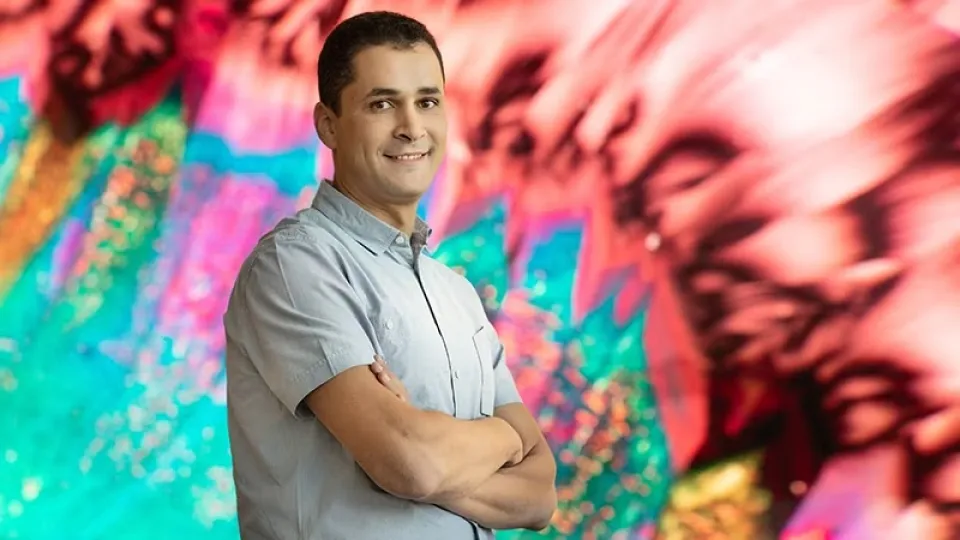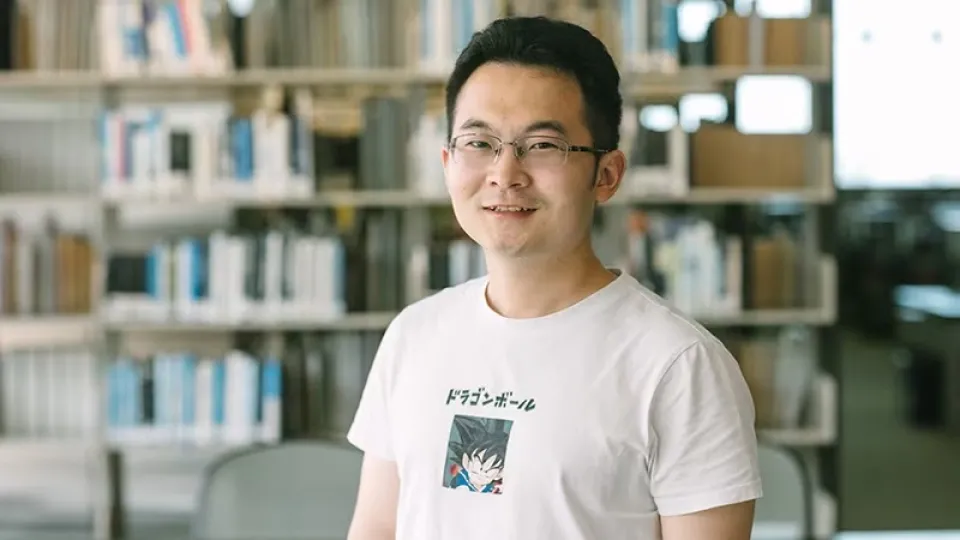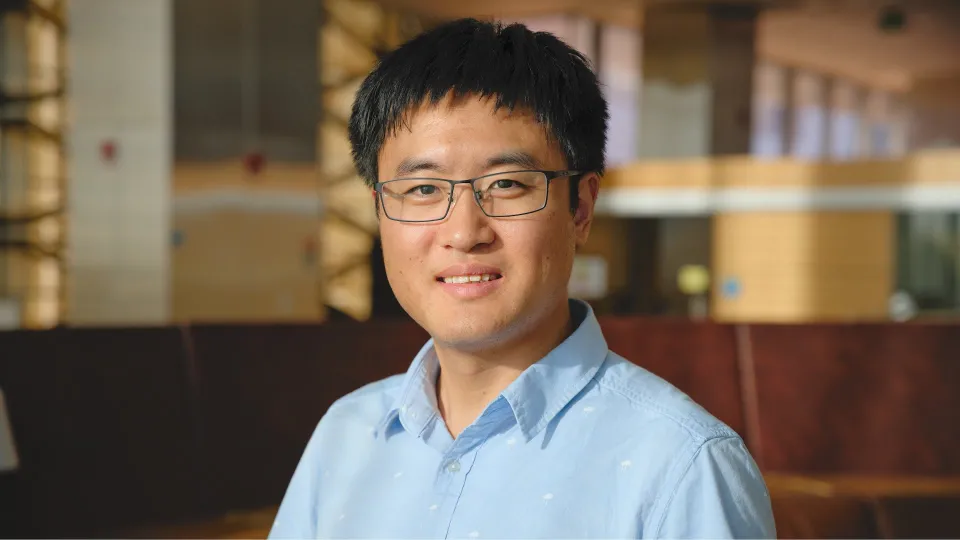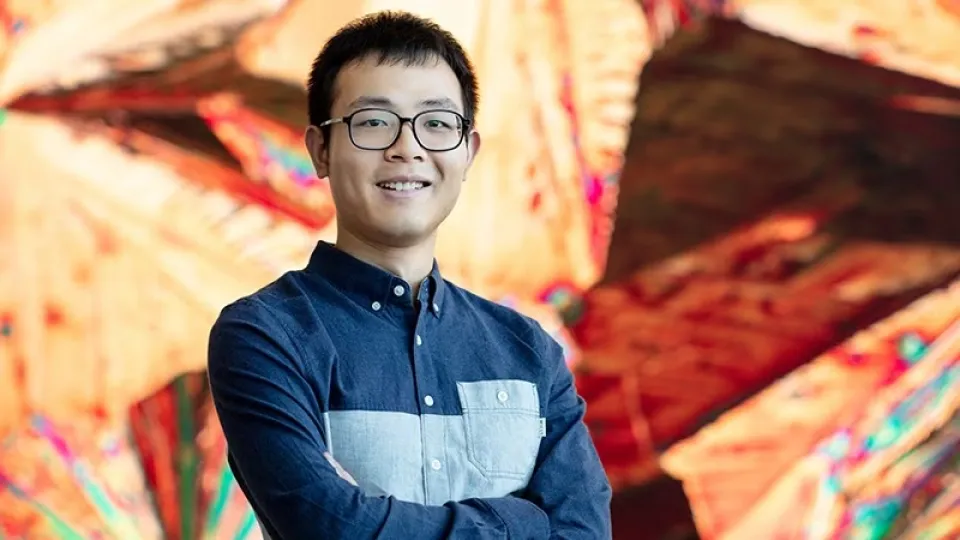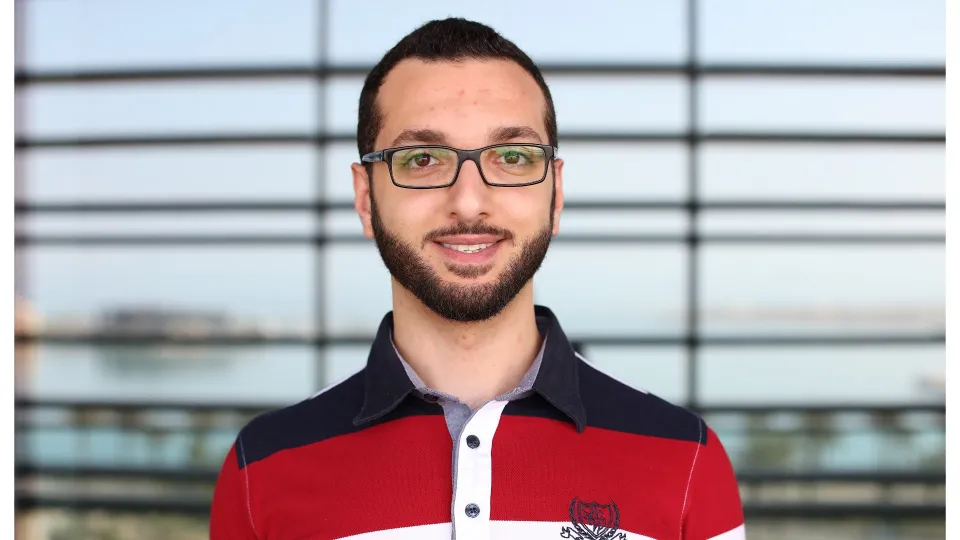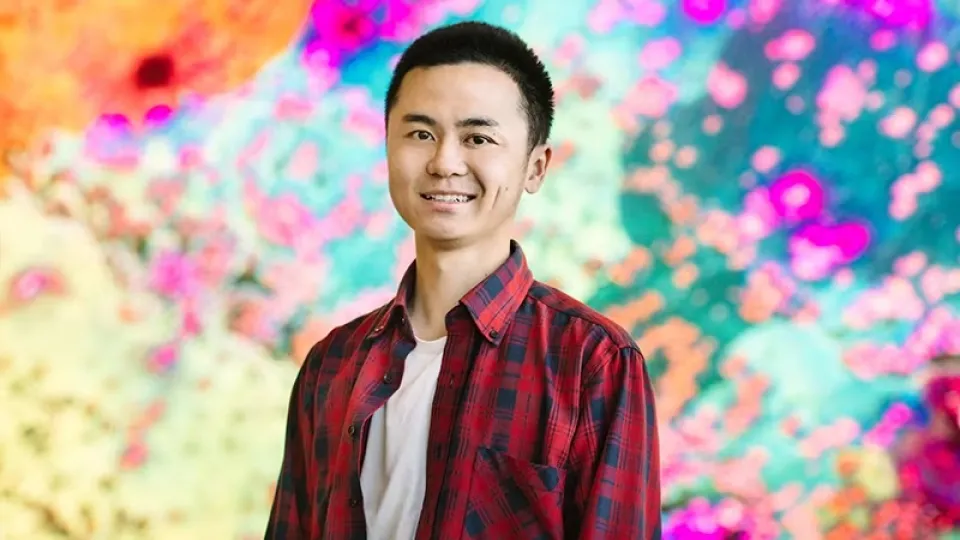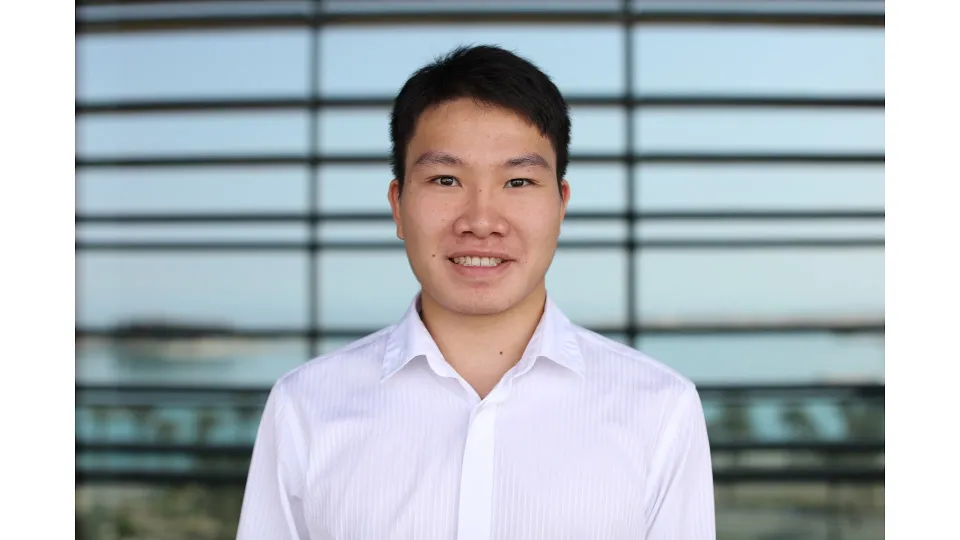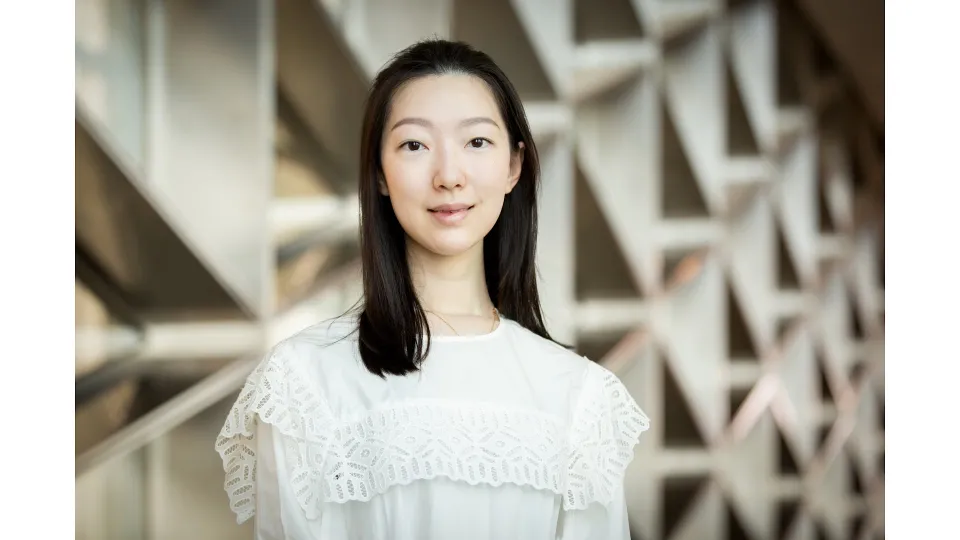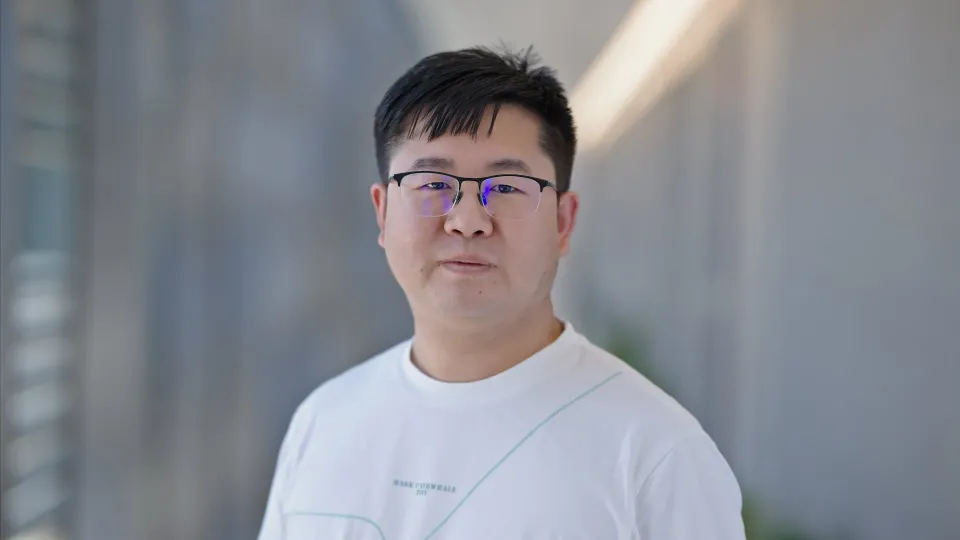
Wolfgang Heidrich
- Professor, Computer Science
- Principal Investigator, Computational Imaging Group
Professor Heidrich is apinoeer in the development of novel sensing and display technologies by combining computer graphics, machine vision, imaging, inverse methods, optics and perception.
Biography
Wolfgang Heidrich is a professor of Computer Science and Electrical and Computer Engineering at KAUST. He is a member of the KAUST Visual Computing Center and served as its director for eight years, from 2014 to 2021. Heidrich is a pioneer in computational imaging and display, which seeks to advance imaging and display systems by co-designing optics, electronics, and algorithms.
Heidrich received his Diploma in Computer Science from the University of Erlangen-Nuremberg (FAU), Germany, in 1995, followed by an M.Math from the University of Waterloo, Canada, in 1996. He also earned a Ph.D. in 1999 from FAU.
In 2014, Heidrich was honored with a Humboldt Research Award in recognition of his contributions to computational imaging. He is also a Fellow of the IEEE and Eurographics, acknowledging his significant impact on the field.
Research Interests
Professor Heidrich's core research interests are in computational imaging and display, an emerging research area within visual computing, which combines methods from computer graphics, machine vision, imaging, inverse methods, optics and perception to develop new sensing and display technologies.
Computational imaging is the hardware-software co-design of imaging devices, which aims to optically encode information about the real world in such a way that image sensors can capture it. The resulting images represent detailed information such as scene geometry, motion of solids and liquids, multi-spectral information or high contrast (high-dynamic range), which can then be computationally decoded using inverse methods, machine learning and numerical optimization.
Heidrich and his colleagues in the Computational Imaging Group develop end-to-end learned imaging systems, increasing the complexity of the optical design space and expanding the methodology to fully automate the design of complex optical systems instead of individual components.
Awards and Distinctions
- Humboldt Research Award, 2014
- Fellow of IEEE and Eurographics, 2024
- ACM SIGGRAPH Computer Graphics Achievement Award, 2024
- ACM SIGGRAPH Test-of-Time Award, 2024
Questions and Answers
Why KAUST?
I have been here since February 2014. This place is such a vast, fast-moving and growing place that for the short nine months I've been here I feel like I have been here for a lot longer. There are two standout reasons I chose to come to KAUST. The first one being that I had a full professor tenured appointment at the University of British Columbia and I had done that for a couple of years, so I was looking for some new challenges. Becoming the center director here came at the right time and it was a nice fit for me.
The second reason was the people here and the research opportunities. In terms of facilities alone, KAUST is really the best place that I've seen. I mean honestly, the research infrastructure here is phenomenal. I don't know any other university that comes close. What I like most about KAUST is that you have so many facilities and labs that are accessible to everybody, even to people you think might not need them. In fact, that's what happened me with the nanofabrication lab. I never really considered myself as someone who needs a nanofabrication lab, but then you come here and see what is possible, the opportunities for training that my students and postdocs can receive to build custom diffraction grading's for some optics projects, and you cannot help but avail yourself of the facilities at hand. When you see what is here at KAUST there is a massive scope for personal development, what were ideas before I have been actually able to realize them here at KAUST that was not possible in other places where I have worked.
Why computational imaging?
I've always been interested in computation and what I like about computational imaging and display is that you can combine the computational aspect with something else that is very visual. You can see the immediate feedback in terms of a better image quality. You do need a lot of theory and math and abstract skills but the output is not abstract at all, it is the image itself.



